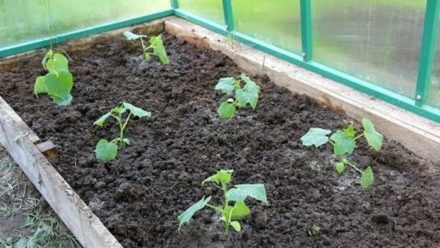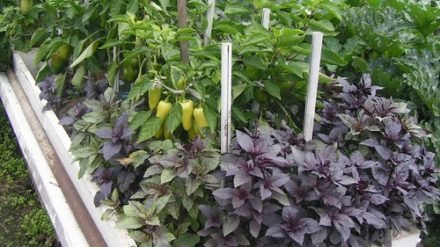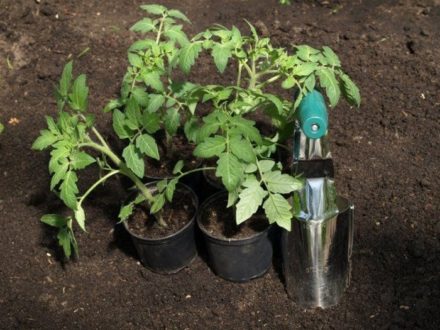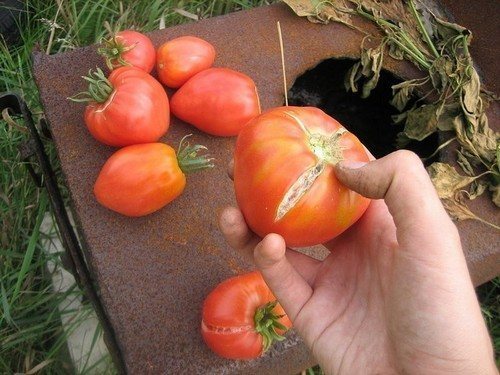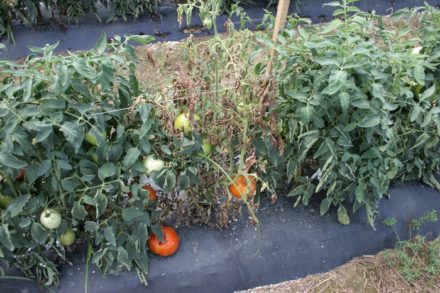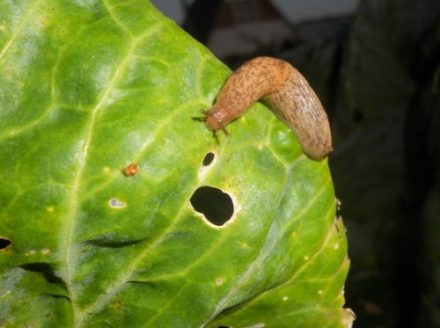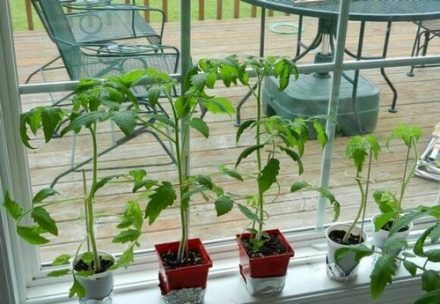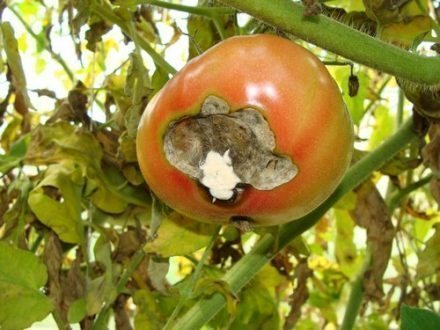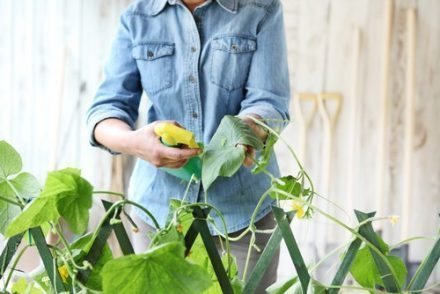Tomato seedlings are planted if they have reached a height of up to 35 centimeters and have up to 10 leaves. The plant looks healthy and has a good root system and strong shoots. Tomatoes are planted in a greenhouse in March in beds fertilized with mineral fertilizers. After planting, you should follow some care rules. 5 basic rules for caring for seedlings of this vegetable are described below in the article.
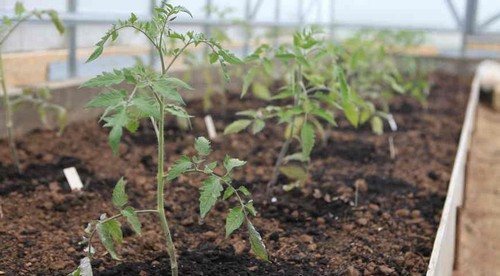
Top dressing
When tomatoes enter the budding period or the first flowers appear, they lack potassium during this period. Of the natural fertilizers, ash (grass, wood, straw) is very rich in K, Ca, P.
Preparation of ash solution:
- Take one heaped tablespoon per liter of water or half a liter jar of ash per bucket of water.
- Stir well.
Advice. It is better to use soft rainwater without impurities and salts, or from a river or well. Never use tap water with bleach (the plants will die).
The prepared solution is used at the rate of 500 ml per seedling root.
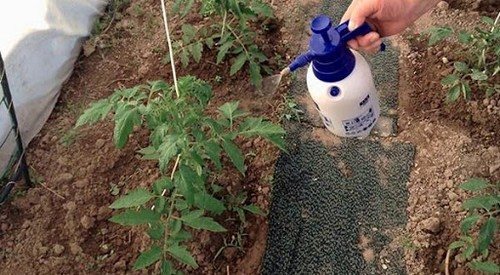
Stepsoning
A stepson (additional shoot) appears in the axil of each leaf. If you do not remove it, you will end up with a plant with a lot of tops, and there will be few brushes and set fruits on the bush.
When buying seeds, it is written on the package whether it is an indeterminate or determinate (non-sapling) variety. And they need to be formed in different ways.
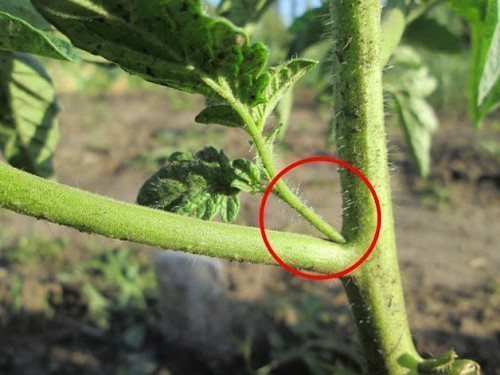
Indeterminate
These are plants with unlimited growth - they grow up to 2 meters in height or more. They must be formed into one stem. When the young shoot reaches no more than 5 cm, it should be broken off by hand, leaving a stump of one centimeter (so that the stepson does not form again).
Determinant
They grow to a certain height - 50, 70 or less centimeters. They are formed into three stems. To do this, you need to count three stems: the main one and two side ones from below and leave them with the stepsons. And remove all young shoots that have formed above.
The remaining stepsons will form stems and flower clusters. The plant is short, but with a large number of fruits.
Important! When planting, it is important not to confuse young shoots with a flower cluster. The stepson always has leaves on its stem, but the brush does not.
Watering
Abundant watering should be carried out immediately after planting in the greenhouse. Next, regular watering is carried out, since young tomatoes can only absorb moisture from the top layer of soil.
Important! The water temperature for irrigation should be at least 20 degrees.
You should make sure that water does not get on the leaves, so pour it under the root. To do this, use a hose or bucket with a watering can. A very convenient method is drip irrigation.
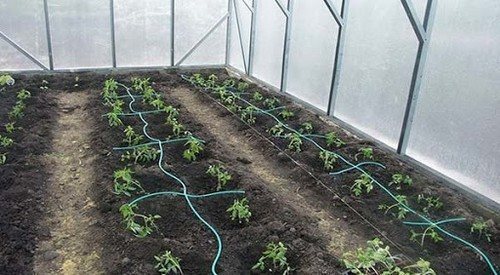
Advantages of drip irrigation:
- exclusion of physical labor;
- a crust does not form on the top of the soil;
- large amounts of water do not evaporate;
- Drying or waterlogging of the soil is not allowed.
The amount of water should be observed: 4 liters per 1 m2 – before flowering, 12 liters per 1 m2 – during flowering and fruit formation.
Humidity and temperature regulation
The room where tomatoes are grown should not be very humid, and it also requires optimal temperature conditions. The air humidity favorable for tomatoes is 60–65 percent. Since this is a self-pollinating crop, the air should not be humid for the pollen to separate from the stamen.
At temperatures below 15 degrees, plants stop blooming, and at temperatures below 10 degrees they stop growing. Therefore, the optimal temperature for growing tomatoes is 20–25 degrees during the day, and 18–20 at night.
To increase humidity, refreshing watering is used, and to reduce it, heating and window ventilation are used. Air humidity is measured with an Assmann aspiration psychrometer.
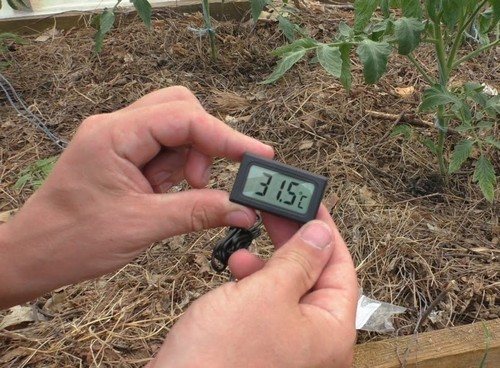
Tying up
Tall types of tomatoes require tying the stems to stakes. In the garden bed, pegs are installed near the stem, 25 cm higher than the plant. Next, using strips of fabric (2-3 centimeters wide), the stem is tied to them. It is not necessary to make a strong knot to make it easier to untie. As the stem grows, the first strip is removed and the plant is tied higher.
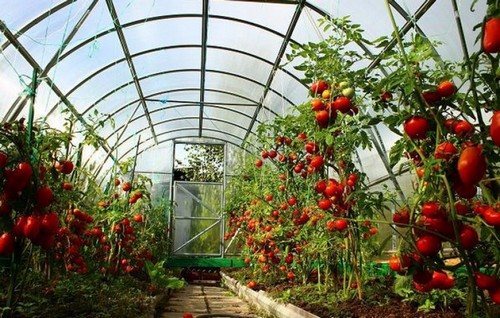
Another way of tying is to use a trellis device. This is a vertical tension of the twine followed by fixation of the tomatoes. For this method, when planting seedlings in holes, place one edge of the twine there and secure it with earth and the plant itself. Then tie the other end of the rope to the roof of the greenhouse. Already when the tomatoes grow, you should wrap the stem around the sword.
Important! Fishing line, thin thread, or wire are not suitable for tying, as such material will gradually cut into the stem, pinching it, and the plantings will die.
All tall varieties of tomatoes always require garter.


